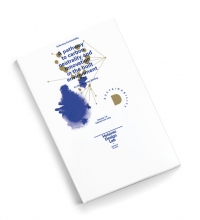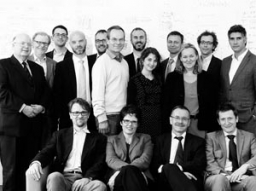
This is an excerpt from the HDL Challenge Briefing on Sustainability
Finland can achieve carbon neutrality in the coming decades. In fact, relative to other nations, carbon neutrality is low hanging fruit for Finland and only requires a 50 percent carbon emissions reduction. Its massive carbon sink, growing use of low carbon energy sources, and effective policy implementation make the reduction a realistic and tenable goal that would place Finland among a select league of nations leading this change.
In a carbon-restricted global economy and a strong regulatory environment, the first nations to bind emissions reductions to economic growth will enjoy a substantial competitive advantage over other nations still working toward compliance.
Although the technical challenge of energy efficiency is a central concern of business and government, the question now concerning Finland is how to achieve a low or no carbon economy and to continue to prosper socially, economically and environmentally.
In recognition of this new reality, the Prime Minister’s Office recently released a foresight report outlining an 80 percent emissions reduction target by 2050—a target aligned with many OECD countries and dependent upon international cooperation. While the report signals a potential direction for Finland’s long-term policy planning, the details of how the country will transform itself and of who will lead the effort remain unanswered.
A transformation of such a scale will require Finnish businesses to engage emerging markets and spark new ones. The central government and municipalities will need to lead with strategic policy interventions, smart investment, forestry practices that improve carbon sink capacity, as well as low carbon retrofitting and development for the built environment.
The Finnish government is extremely adept at transforming goals and objectives into public policies and legislation, but they tend to result in short-term achievements. One such example is Finland’s compliance under the EU emissions trading scheme. The government does not have a record of success in long-term energy and environmental policy planning and implementation.
In order to gain a First-Mover advantage, the government will need to set more aggressive targets that build on-the-ground momentum via a path of higher risk at a potentially greater cost. Yet, in an era of crisis, expensive risk taking is likely to be politically unpopular.
Nonetheless, Finland will act to address climate change. As has been its custom, the government will most likely move forward in lockstep with the EU. A necessary first step will be capturing and re-presenting the strategic advantage that comes with leadership in carbon neutrality at a national scale. Overcoming "fast no's," deflating conformist arguments, and building transformational momentum will happen only with a shared understand- ing of value.
The opportunity for this studio is to make this value proposition and to design a pathway to carbon neutrality for the near and long-term. Such insight into the value and mechanism of carbon neutrality will help release the full potential of the public and private sectors in Finland. The work of this studio will help protect the natural environment and catalyse a new community to become global exporters of climate neutral know-how.
This marks the first comprehensive effort to design a clean, green and smart development strategy for Finland—not in 2020—not in 2050—but now.
Source: HDL Challenge Briefing on Sustainability 1.0

